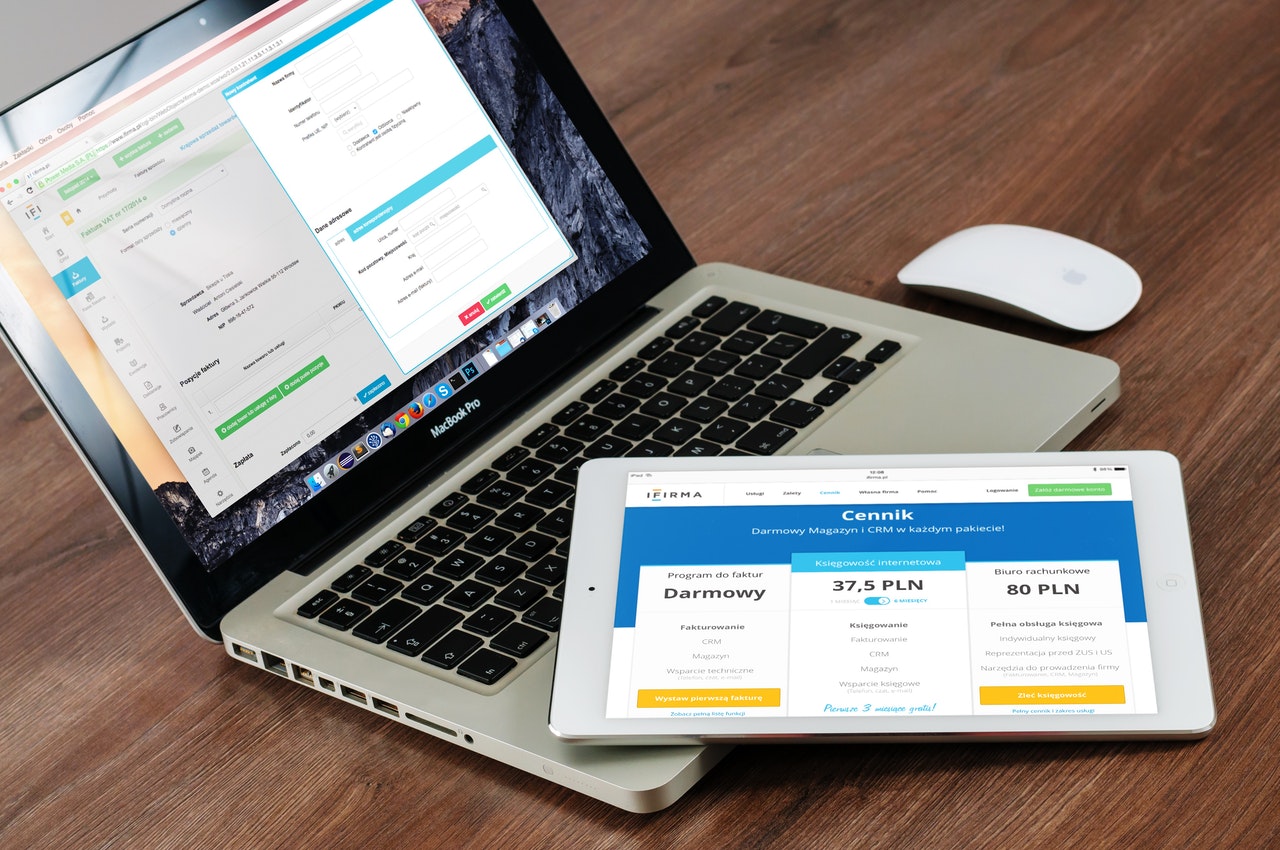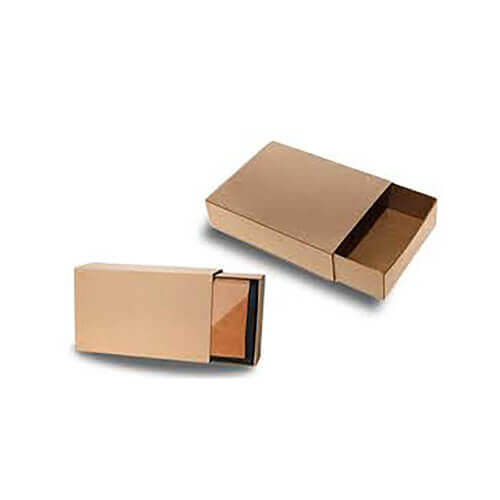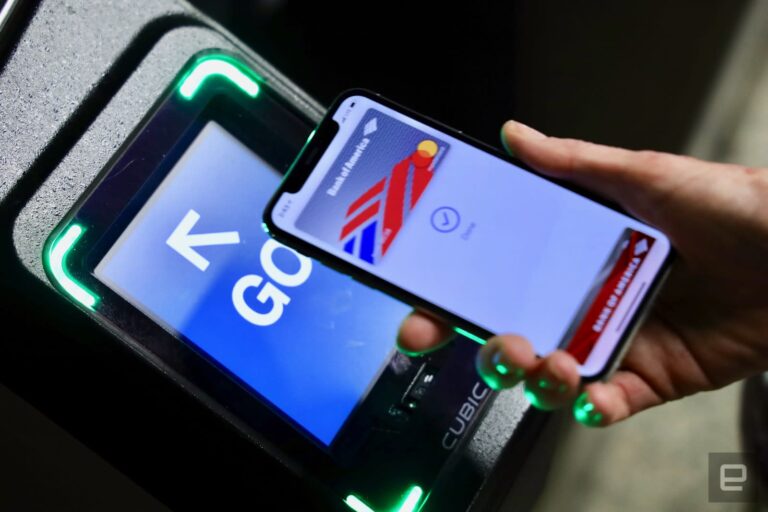The days of creating a website with a single laptop screen are long gone. The advancement in technology and the proliferation of mobile websites are forcing web designers to reconsider how their work is viewed across many devices. Freelance Bazar has provided intensive knowledge regarding the basics of responsive web design in this article.
What exactly is responsive design?
Responsive website design is a method of adapting design and programming to the scale of a device’s computer. That is, it has the best viewing experience when you are looking at a 4-inch Android phone, an iPad mini, or a 40-inch cinema monitor. The successful responsive website design uses elastic grids, modular images, and CSS styling to change the configuration of the site and make it according to the width of the browser. The aim for programmers should be to effortlessly tailor the UI and UX of a website design across all platforms and devices.
What is the significance of responsive design?
If we planned and built numerous versions of a website that operated with any known computer out there, the process would simply not be feasible in terms of time and would be prohibitively expensive! That will also render sites obsolete in the face of potential technological advances and almost difficult to sustain. Responsive website design is an important way to prepare for the future. Knowing your audience and what platform they are using to visit your website is a critical component of responsive website design. What percentage of the existing traffic is a laptop, tablet, or mobile? There are about 2.6 billion mobile users today, with a projected increase to over 6 billion by 2021. The importance of mobile design has never been greater.
It is important to design your website with different platforms, but it becomes more difficult when designing for different web browsers. Each major web browser has a smartphone edition that makes websites differently. What makes it much more difficult is that many browser versions could be supported you cannot trust everybody to be using the most recent update.
What website design measurements should you start creating?
There is no such thing as a standard website scale. There are hundreds of models available, and model sizes and screen resolutions vary regularly. And each website draws users on a variety of computers. For eg, on your mobile computer, you are more likely to look at a recipe, while on your laptop, you are more likely to check for a Photoshop tutorial. Google Analytics can help you determine which browsers and web page sizes are most common with your platform.
Freelance Bazar has listed three layouts-
A responsive website design can have at least three formats for various browser lengths and widths.
Small: less than 600px. This is how most phones can display information.
600px – 900px is a medium size. This is how most laptops, big phones, and small netbook-style computers can display content.
Over 900px in size. This is how most personal computers can display information.
All these layouts should include the same text and graphical elements, but they should be configured to view the content in the best way possible depending on the user’s platform. The text becomes unreadable when the website is scaled down to suit smaller screen sizes, but it becomes even more readable when the content is scaled relative to one another and switched to one column.
Freelance Bazar has laid some points to ponder upon:
- The user interface is critical: responsive architecture must be more than just translating a desktop site to a smartphone phone. When using a mobile device, we must understand the user’s experience, engagement, and the important information they are searching for.
- The hierarchy of the layout is extremely important for engagement, particularly on mobile. Less is always enough! The mobile experience, in comparison to the desktop experience, is much more concentrated on a small amount of room, so the way users read and navigate through the web must be extremely straightforward to convey your main messaging and appreciate what the site is all about.
- Consider the page’s main action as well. If the main aim is to get users to press a “contact us” button, do not cover down the website design under blocks of text. Customize the content and style to represent that experience. Flexible graphics are critical when creating a sensitive website. You must consider how a picture would scale. From a development standpoint, the code would enable images to scale to the width of the browser window using a percentage value.
- On a mobile device, navigation is important. There are many common methods for assembling vast menus and materials. It may be in the popular hamburger style menu, a basic dropdown list, expand/collapse areas, or horizontally scrolling tabs.
- Gestures open new concept opportunities. People enjoy reading with their hands and engaging with the material, and it gives the user more control. Users of mobile devices and tablets will pinch to zoom or slide images onto the phone. Interaction has a significant impact on architecture.
Few Resources and tools Freelance Bazar have curated for you-
- Your desktop browser is the most useful tool for previewing your designs on the web. Install a few different browsers to get a diverse variety of responses. After that, begin resizing the browser windows.
- When previewing the creations on your mobile screen, you will see just what the website design would look like under such circumstances.
- Fluid grids are focused on creating a website design based on percentage values rather than fixed pixels.
- Google’s resizer is a useful tool for easily previewing the site on various platforms.
- When the site is developed, media queries are a form of code that will be applied. It is crucial to have in the code because it sets the stage for the interface to conform to the size of the screen on its own.
Conclusion
Everyone in the web industry faces a universal architecture challenge. The best thing you can do is stay up to date on the new UI/UX best practices, build around your content, keep your icons portable, consider your navigation, and note the user interface is everything.












+ There are no comments
Add yours